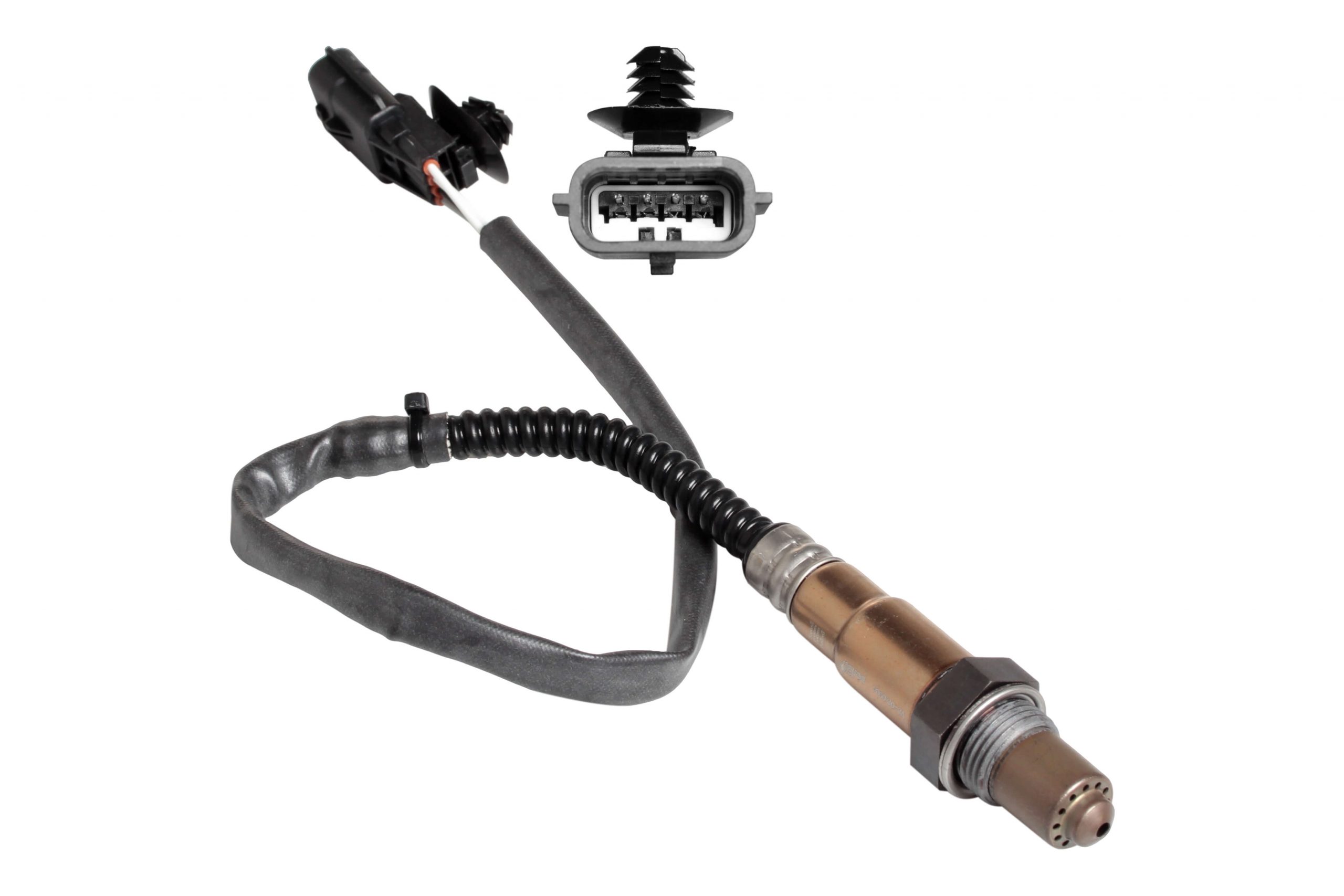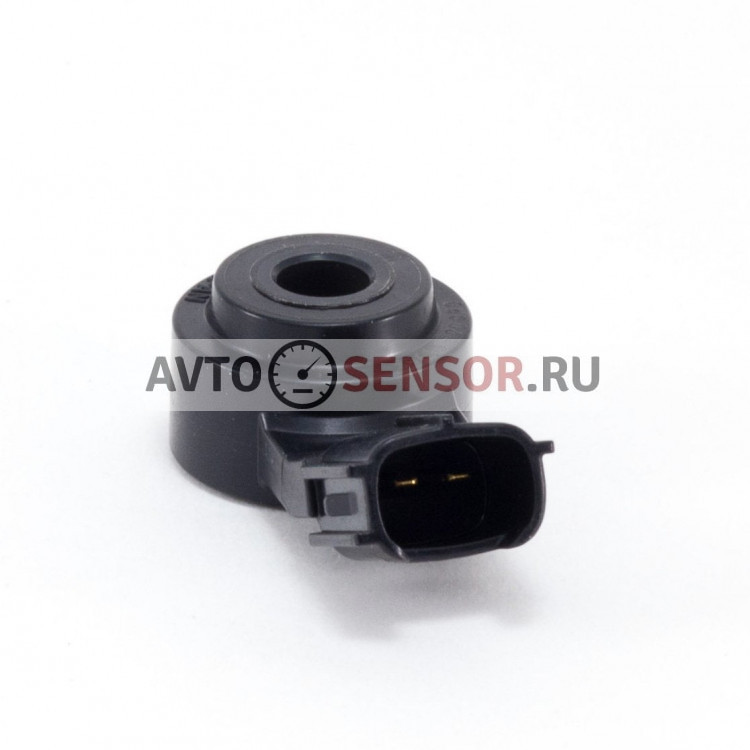
Toyota knock sensor
Attention! Allow the engine to cool completely before starting this procedure.
Retirement
1. The knock sensor detects the start of strong combustion - detonation detonation. This allows the engine
work at the optimum moment of ignition, which has a positive effect on its performance. When the engine vibrates (starts knocking) in the engine, the knock sensor produces a voltage output that increases with the intensity of the knock. This signal is sent to the ECM, which delays ignition timing until detonation stops. The knock sensor is mounted on the rear of the cylinder block, directly under the head of the block (on the side of the engine protection).
2. Disconnect the cable from the negative battery terminal.
3. Drain the liquid from the cooling system (see chapter 1 A).
4. When working with a pre-2000 4WD or post-2001 model, remove one intake manifold (see chapter 2A or 2B). If you are working on a pre-2000 model without 2WD, raise the front of the vehicle and install jack stands.
5. Disconnect the harness connector and remove the knock sensor (see Fig. 12.5, a, b).
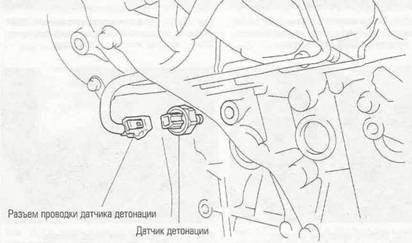
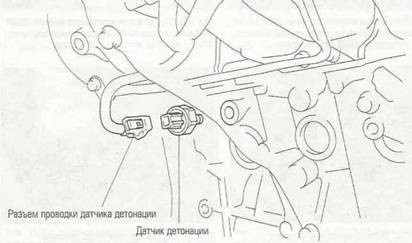
Rice. 12.5 a. The location of the knock sensor on models before 2000 unlock

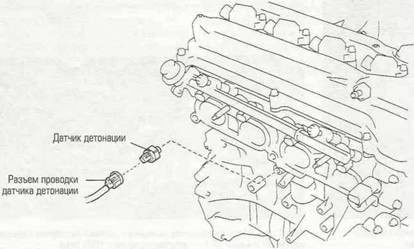
Rice. 12.5b. Location of knock sensor in 2001 to introduce production models
Installation
6. If you are reinstalling an old sensor, apply thread sealant to the threads of the sensor. The sealant has already been applied to the threads of the new sensor; do not apply additional sealant, as this may affect the operation of the sensor.
7. Screw in the knock sensor and tighten securely (approximately 41 Nm). Do not overtighten the sensor to avoid damaging it. The remaining steps are performed in the reverse order of removal. Per
fill the cooling system and check it for leaks.
